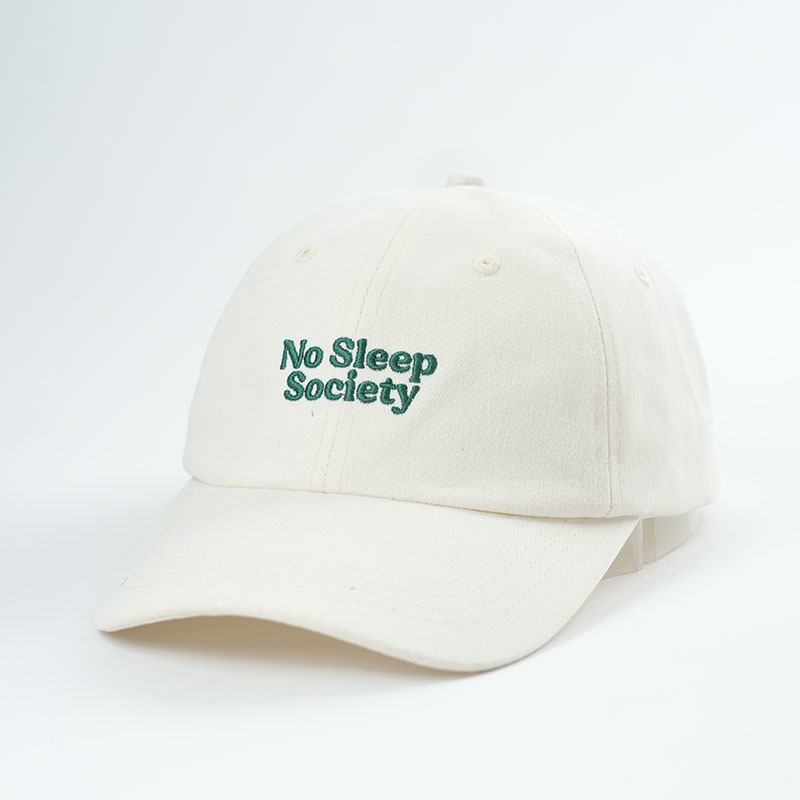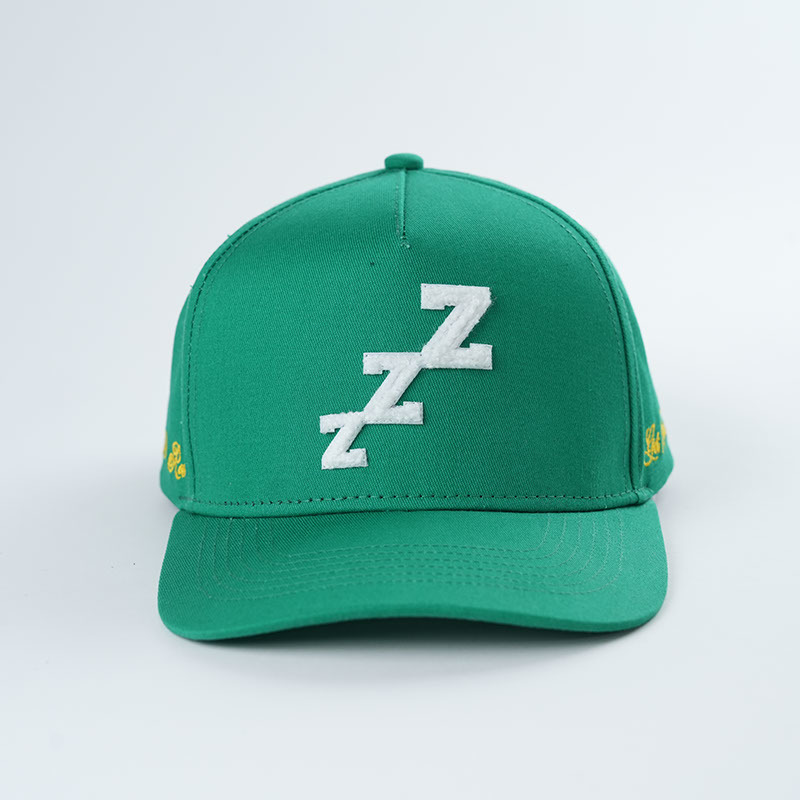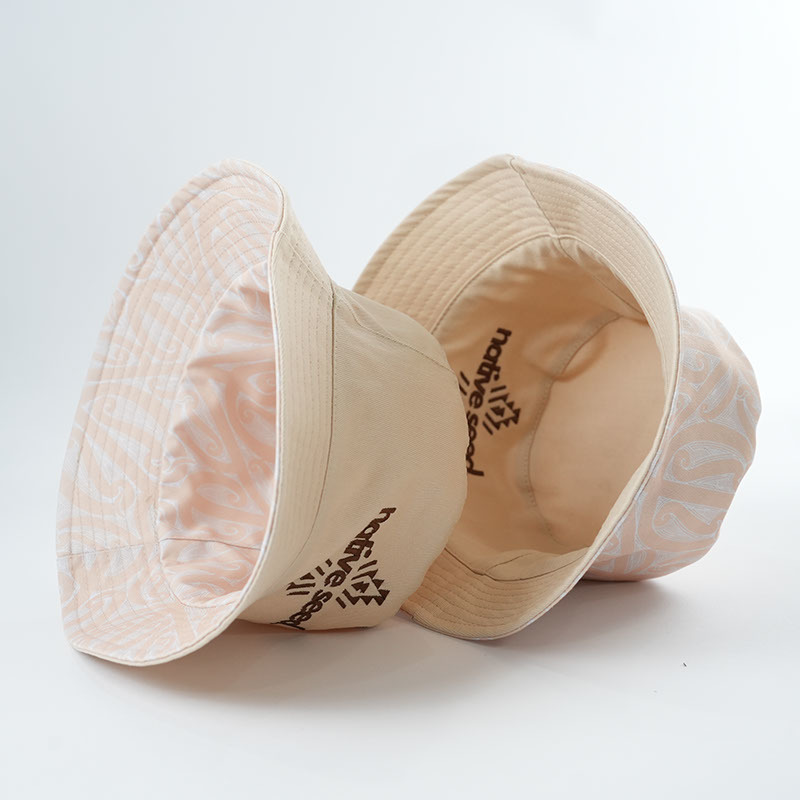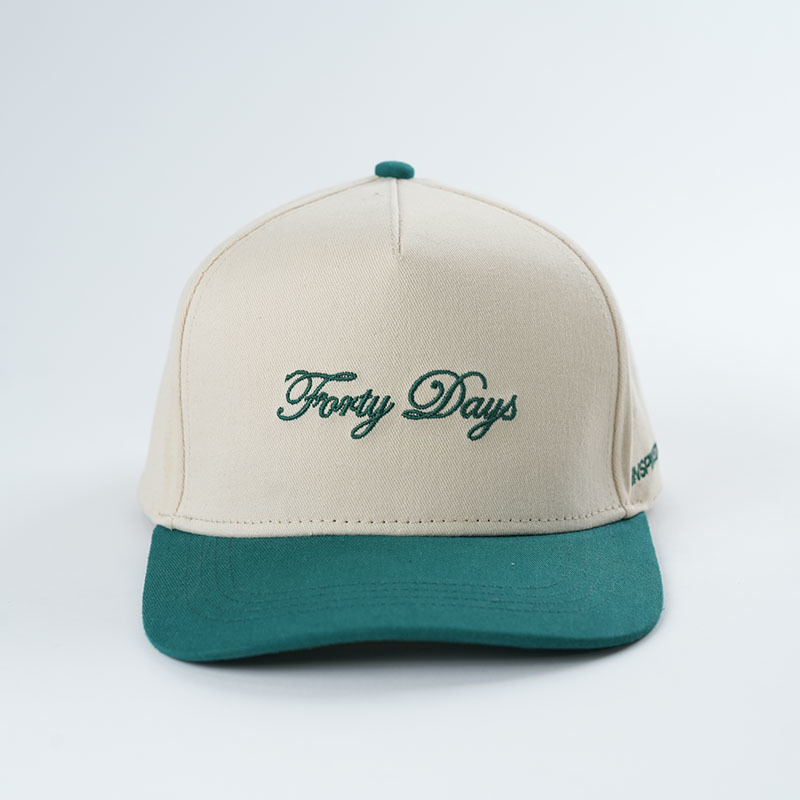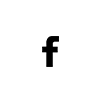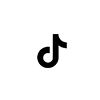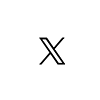The Panel Revolution: How Cap Construction Shapes Fashion and Function
In the dynamic world of fashion accessories, cap construction—specifically the number of panels—is becoming a driving factor in determining a hat's style, comfort, and identity. While consumers used to focus on color and logos, today’s savvy buyers are paying close attention to whether a hat is a five-panel, six-panel, seven-panel, or even more. Each configuration impacts not only the silhouette and structure but also how a brand tells its story through headwear.
The five-panel cap, with its seamless front panel, offers a flat and clean surface ideal for embroidery, heat transfer, and digital printing. It’s a favorite among streetwear labels, skate brands, and minimalist fashion collections. The six-panel cap, on the other hand, contours naturally to the shape of the head, delivering a snug and comfortable fit preferred by sports brands, workwear suppliers, and classic baseball cap lovers.
More technical designs, like seven-panel or nine-panel caps, are often used in performance-focused categories—such as cycling hats, golf caps, or protective gear—where airflow, shape retention, or specific ergonomic functions are paramount.
Baoding Yukaihe a seasoned hat manufacturer from China, brings decades of expertise in cap structure engineering and pattern design. With a dedicated team of pattern makers, production specialists, and international trade experts, Yukaihe provides global clients with panel-specific hat solutions, ranging from three-panel to nine-panel configurations. Each structure is tailored to match logo placement, fabric tension, seam flow, and user needs.
In the U.S. and Europe, brands often prefer structured six-panel hats that emphasize form and logo alignment. Yukaihe supports these clients by advising on stitch placement, brim angle, and reinforced panel design for maximum brand visibility. In contrast, Japanese and Korean markets lean toward low-profile five-panel caps, favoring sleek looks and close-fitting crowns—areas where Yukaihe offers refined sizing adjustments and curved front-panel enhancement.
The rise of sustainability in fashion also introduces a new layer of demand. Many eco-conscious brands now seek combinations like five-panel mesh caps with recycled polyester or six-panel hats made from organic cotton. Yukaihe has answered this call with a variety of green panel constructions that merge functional design with responsible sourcing.
Whether the client desires a bold streetwear cut or a professional six-panel silhouette, Yukaihe delivers hats that are not only structurally sound but also brand-consistent and market-ready. The number of panels is no longer a detail—it’s a strategic design decision that reflects brand positioning, user comfort, and environmental responsibility. Yukaihe remains the trusted manufacturer to bring these visions to life through precision, customization, and a deep understanding of global cap trends.
Tag:
Related Posts
The Panel Revolution: How Cap Construction Shapes Fashion and Function

